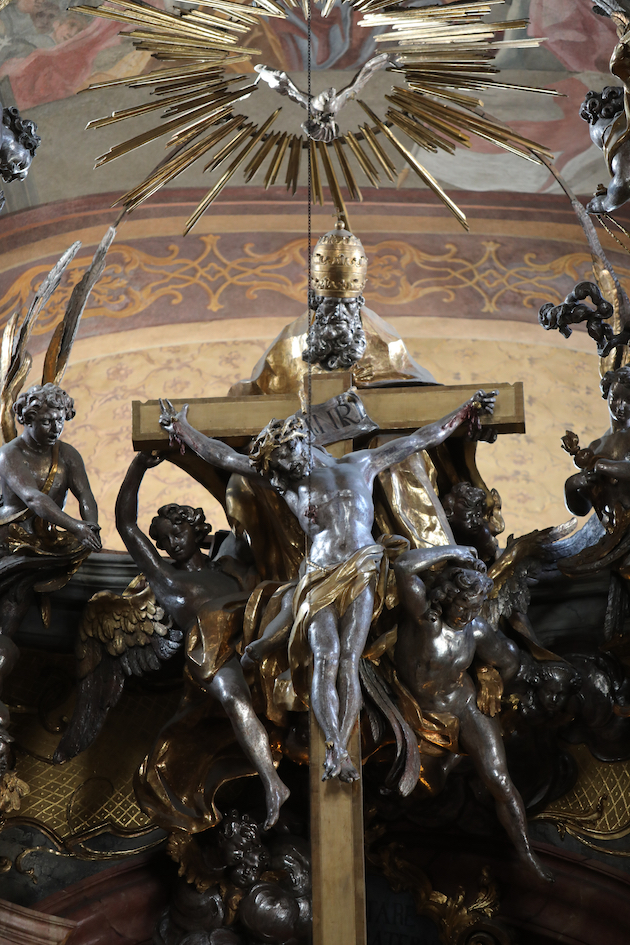
The “Holy Roman Empire of the German Nation” was the scene of an unimaginable outpouring of art and music between 1660 and 1770 – the final period of organic creativity in Western art. The works of this era were as a rule created for emperors, princes, monasteries and nobles. Yet in one case the artists themselves were the patrons. Egid Quirin Asam (sculptor and worker in stucco) and Cosmas Damian Asam (architect and painter) stood at the border between the baroque and rococo periods. They unfolded a vast activity all over the German lands, from Silesia to the Rhine. Yet in Munich they determined to build their own personal church, dedicated to the recently canonized St John Nepomuk (Nepomucene) whose cult quickly spread from Bohemia to all the Catholic lands of the Empire. They worked together on this church between 1733 and 1746.
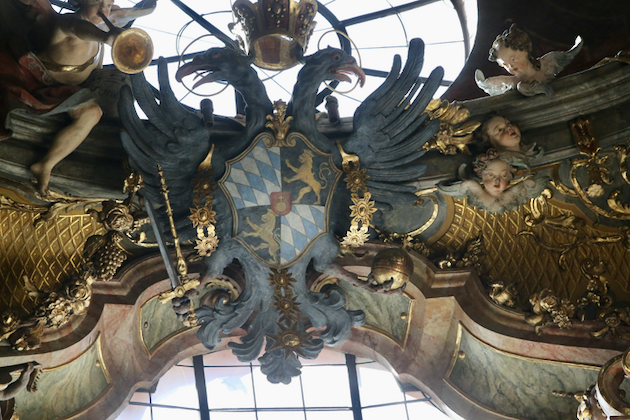
The artists resided at Munich in the principality of the elector of Bavaria (an “elector” was a prince of the empire entitled to vote for the emperor). The reigning elector, Karl Albrecht, presided over an age of unprecedented artistic splendor for Bavaria. Yet he was tempted to grasp for the imperial crown, becoming the first non-Habsburg Holy Roman Emperor – Charles VII – since the 15th century. Alas, his reign was brief and unhappy. Loyalty to the Hapsburgs (represented by the redoubtable Maria Theresa) ran strong in the Empire, especially when the alternative was a prince dependant on the support of the king of France. Charles VII was forced on occasion to flee his own domains, and died in 1745. A double-headed eagle with the emperor’s coat of arms which still remains in the church of St. John Nepomuk is one of the few tangible remnants of Karl Albrecht’s brief imperial glory.
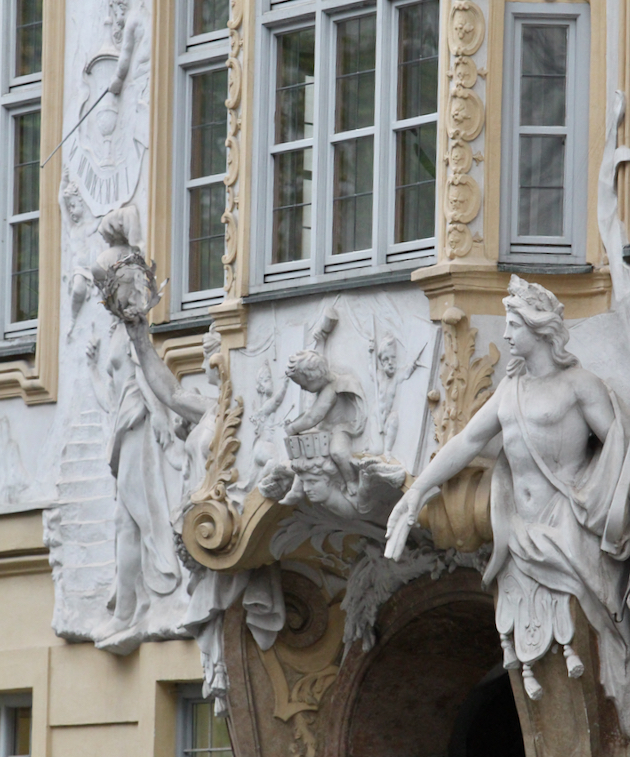
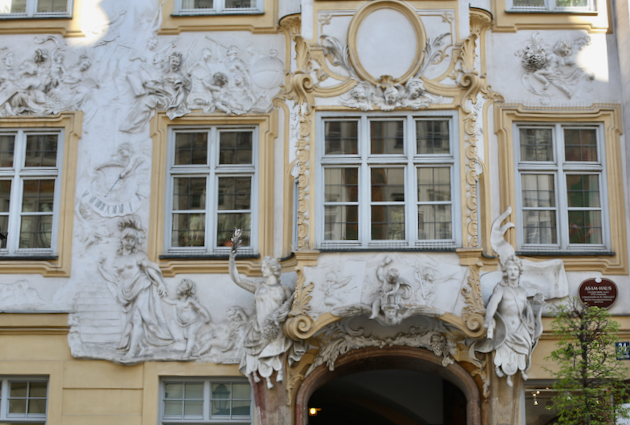
Egid Quirin purchased a row of late medieval houses in Munich. One he tranformed into his own house – lavishly decorating the exterior with allegorical and other figures. Another he made into a rectory, and in the middle he and his brother built the church of St. John Nepomuk, with their own money and designed and decorated by their own hands.
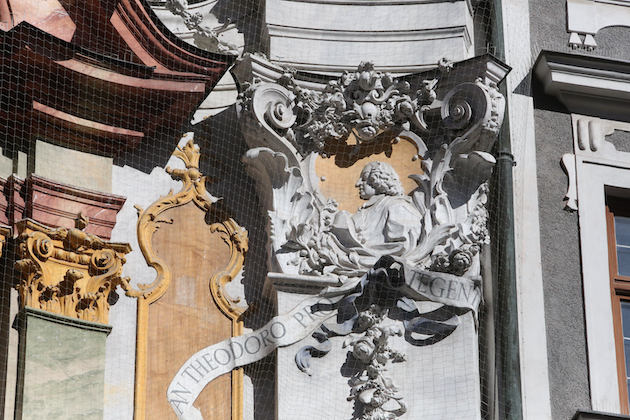
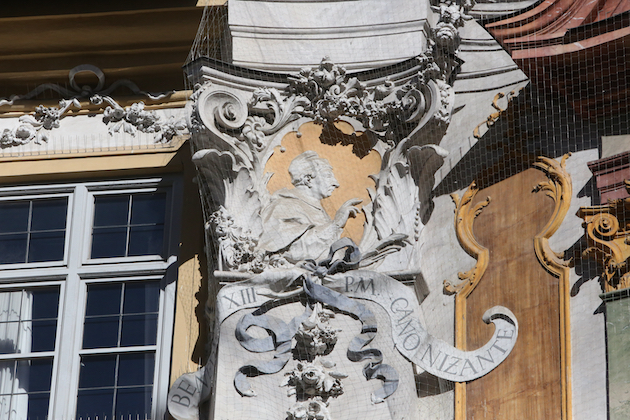

Entering, the visitor passes through a small vestibule with confessionals (in keeping with the church’s patron, St. John Nepomunk, one of its main purposes was to facilitate the sacrament of penance). Then, one stands before the dazzling interior. More than a century before Richard Wagner, it already constitutes a true Gesamtkunstwork in the German tradition, uniting architecture, painting, sculpture and stucco. Before a window, filled with yellow glass, was inserted in the apse by a 1982 restoration, the only light in the church was indirect, from hidden windows. As the visitor’s gaze gradually turns upward, the effect is that of rising from mysterious darkness into subdued light. The focal point of the entire artistic unity is the image, based on medieval motives, of the Trinity – Father, crucified Son and Holy Ghost – which soars far above the congregation.
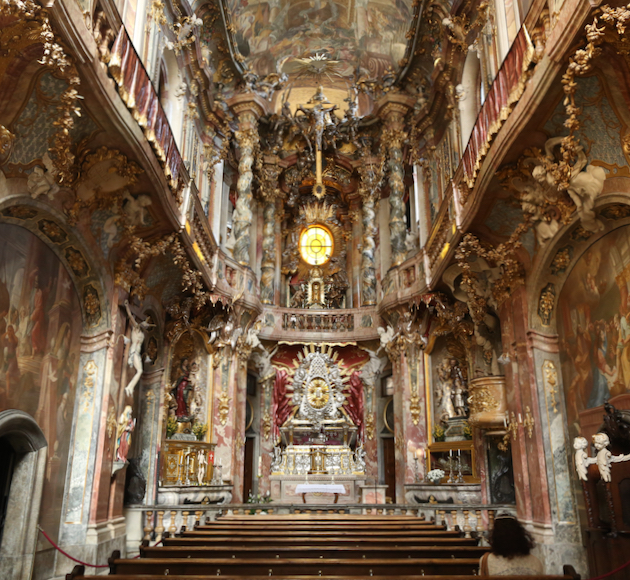
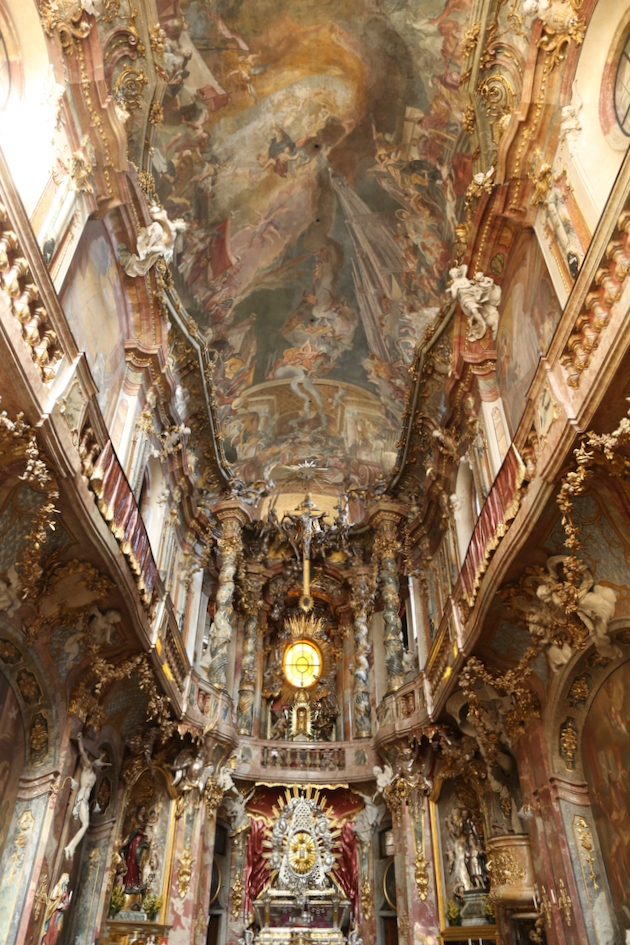

In the overwhelming visual splendor one doesn’t at first appreciate the unusual layout of this church: extremely narrow yet long and high, as dictated by the restricted plot available to the brothers. For the same reason, it is oriented to the West instead of the East. The Asam house communicates directly with the church; there is also a window from which Egid Quirin Asam could follow the mass from his bedroom.

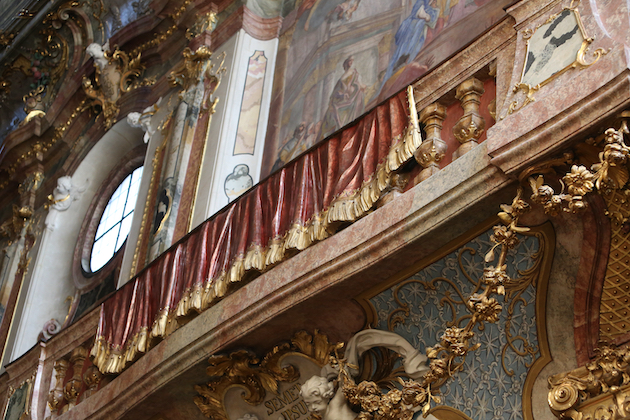
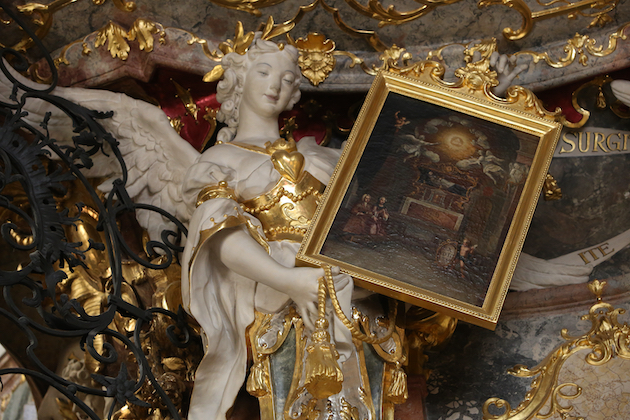
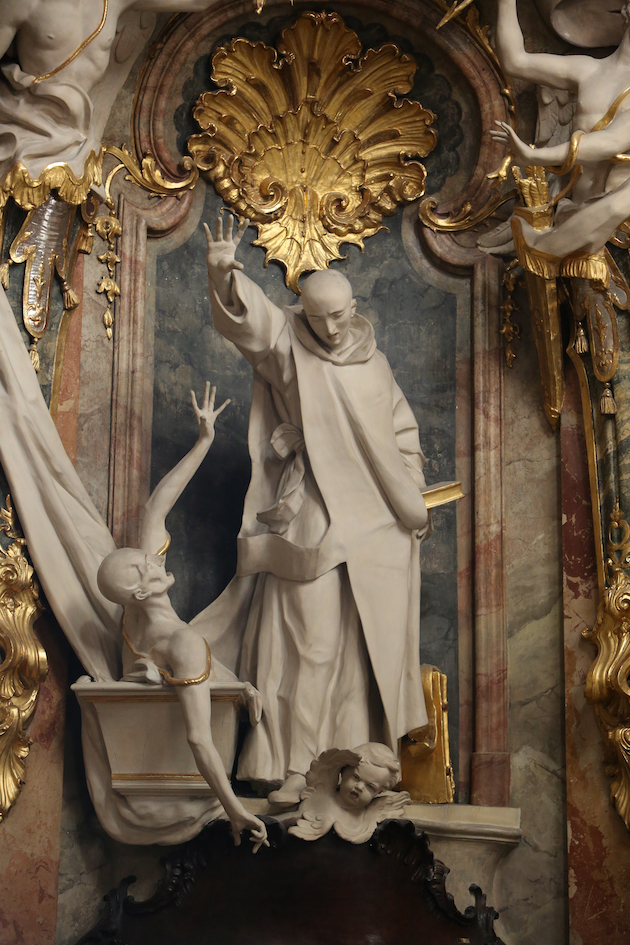
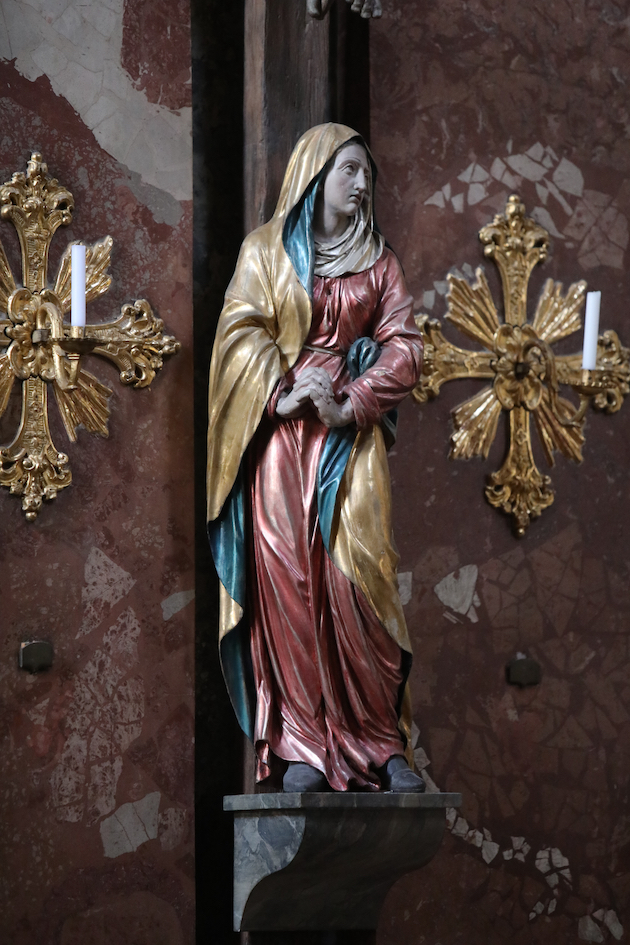

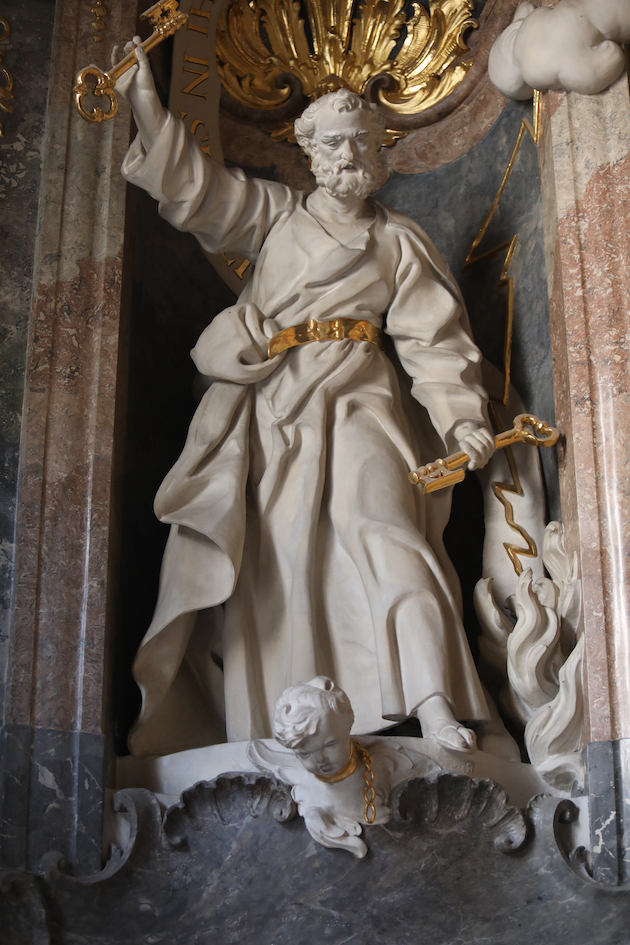

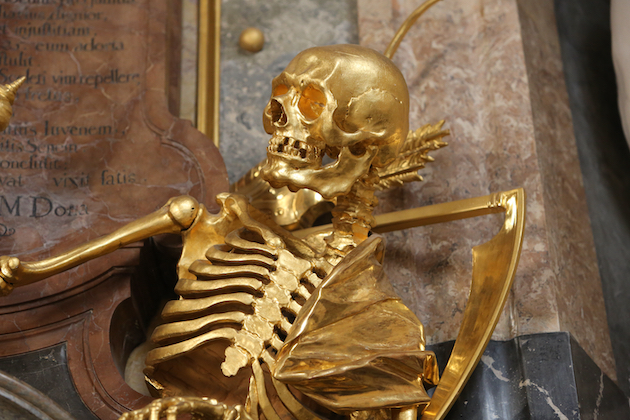
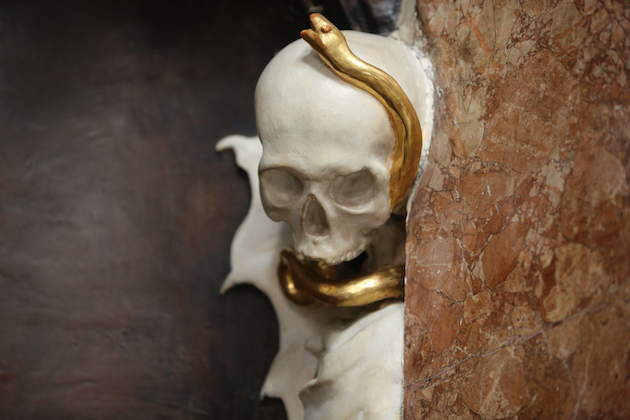
In subsequent decades the colorful, expressive art of the brothers Asam fell out of favor and neoclassical coldness prevailed. The Holy Roman Empire and, a century later, the monarchy of Bavaria itself, eventually disappeared. The church of St. John Nepomuk suffered from a long series of successful and unsucessful restorations, water damage to the paintings of the ceiling and bomb damage to the choir. Yet despite these inevitable vicissitudes of time, it has miraculously survived more or less intact until the present day.

Related Articles
1 user responded in this post